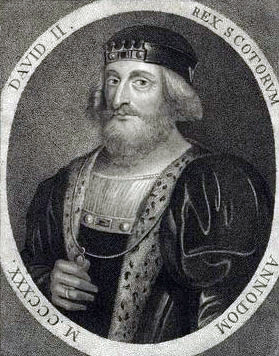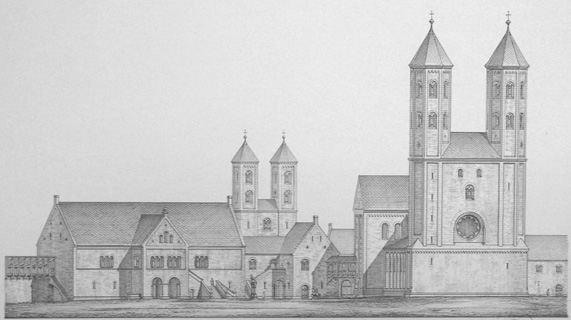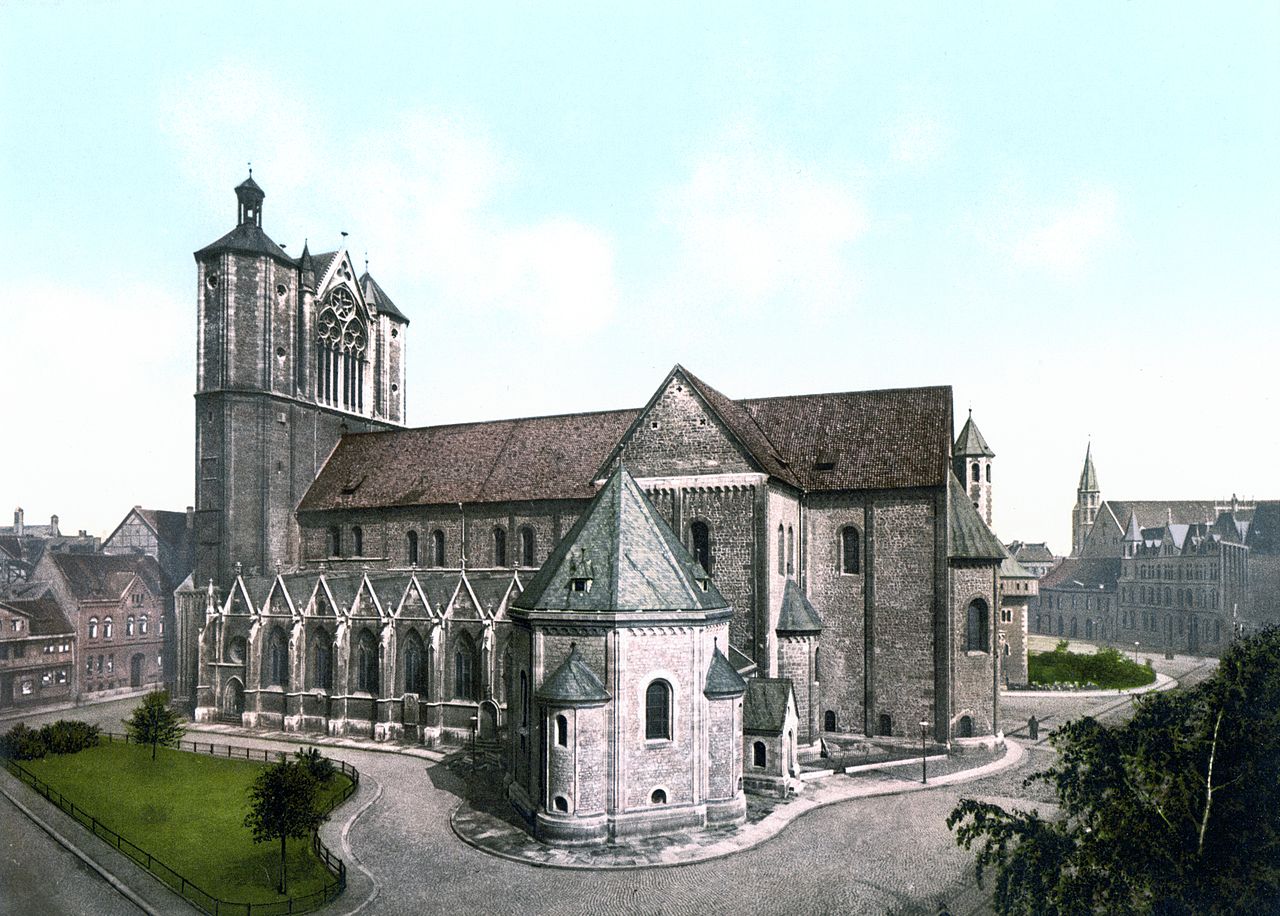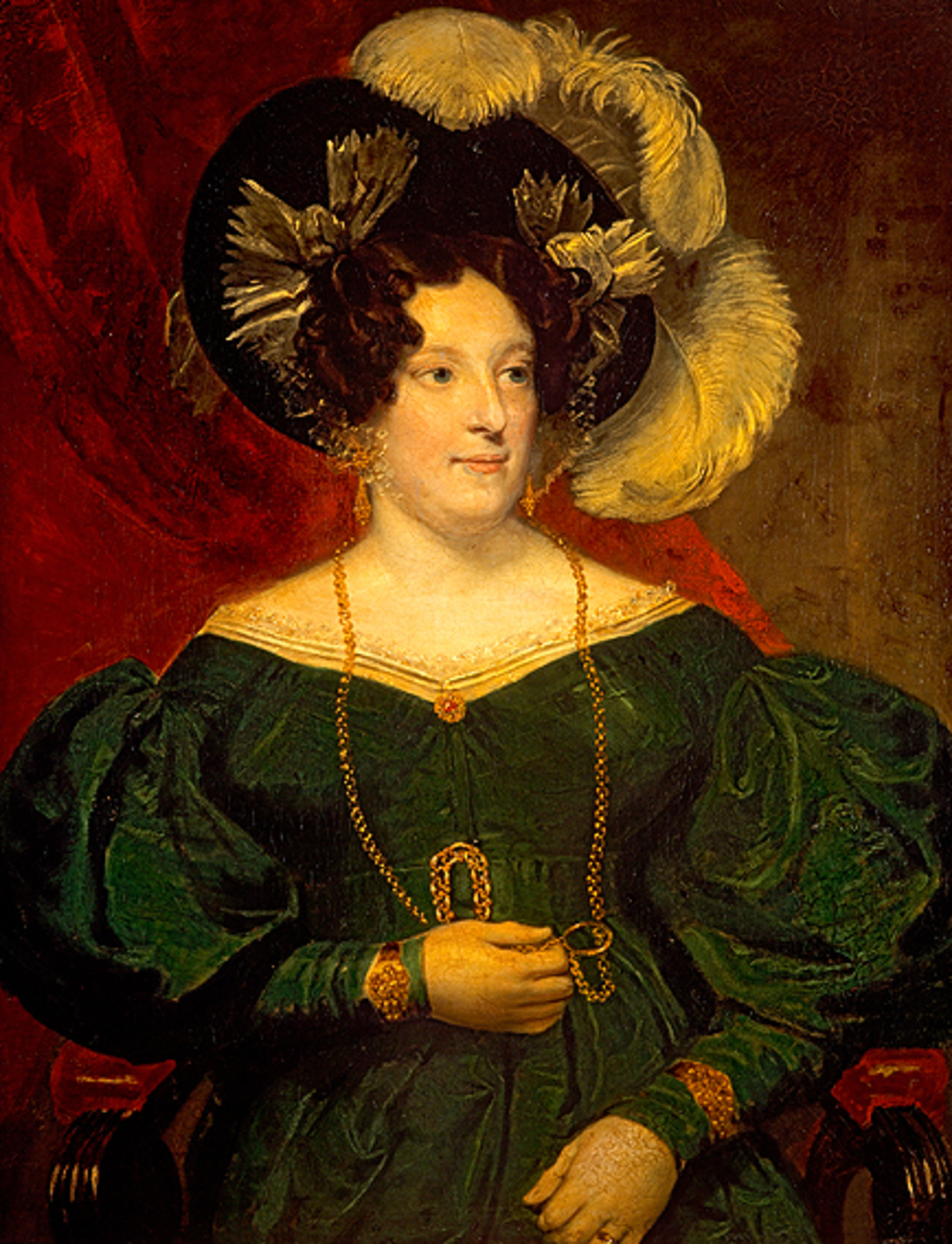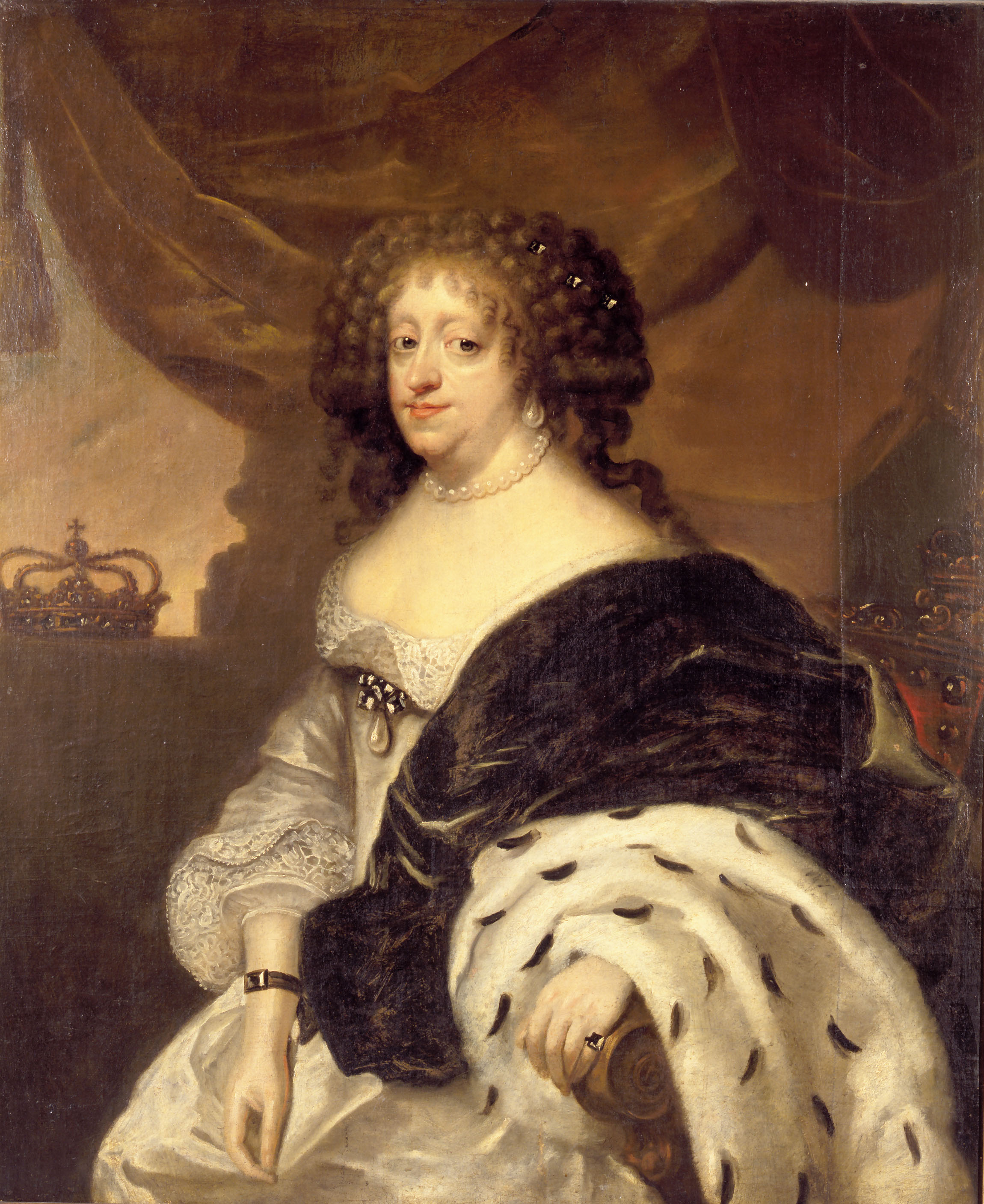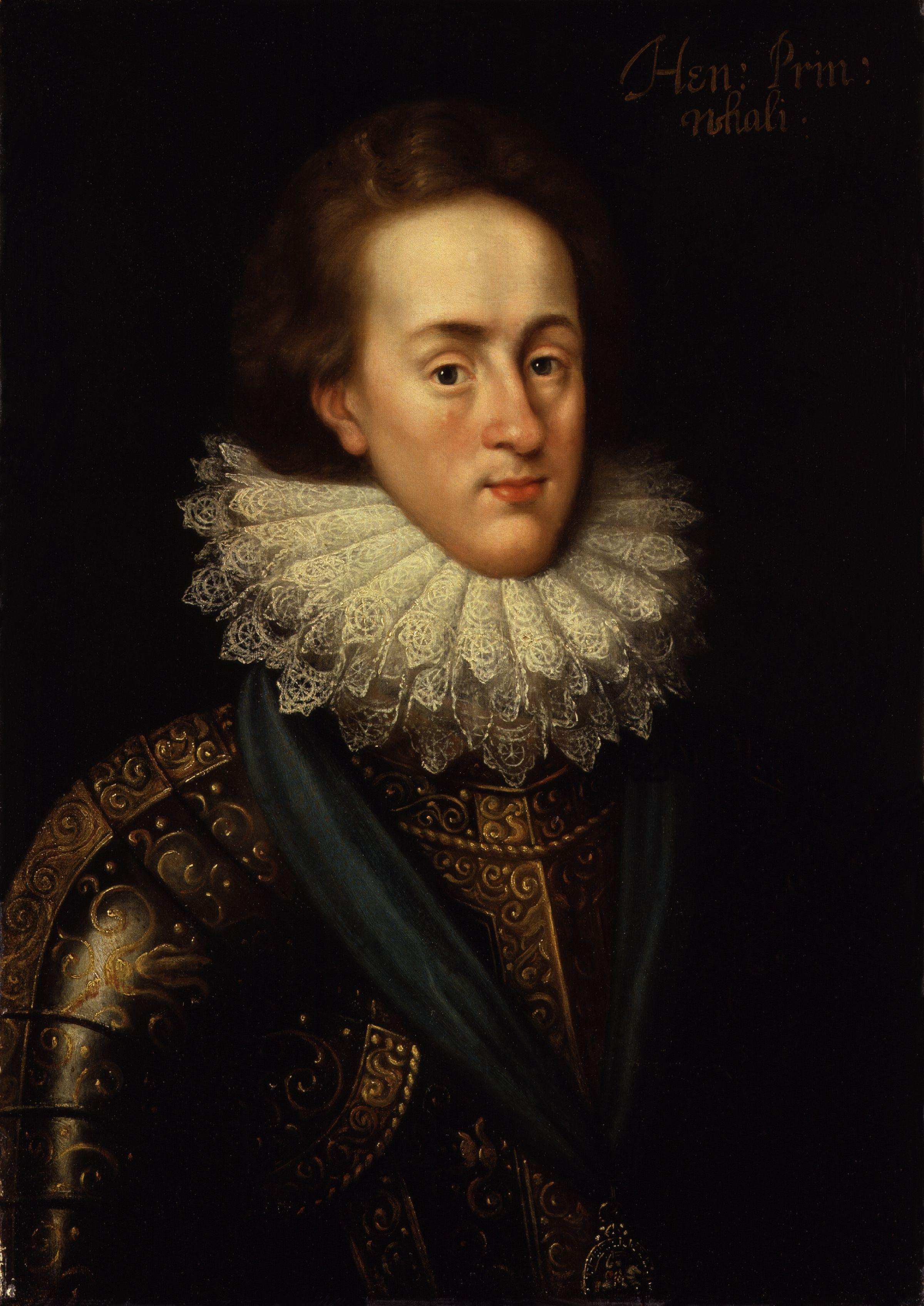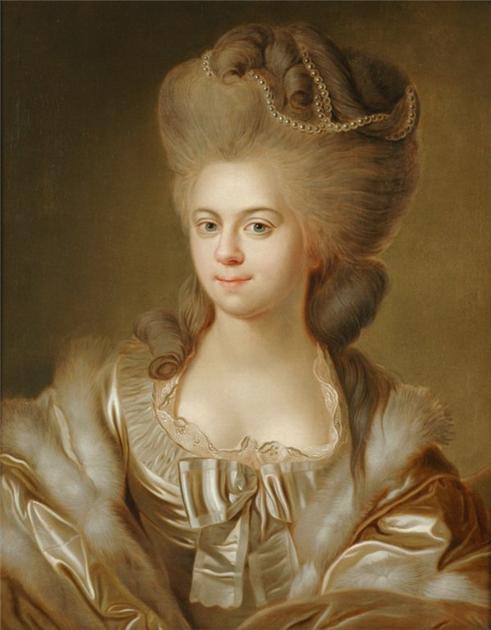© Unofficial Royalty 2025

King Albert I of the Belgians; Credit – Wikipedia
Current Royal Event – Commemoration for Deceased Members of the Belgian Royal Family – On or around February 17 each year, a Mass commemorating deceased members of the Belgian royal family is celebrated at the Church of Our Lady of Laeken in Laeken, Brussels, Belgium. Albert I, King of the Belgians was an avid mountain climber. On February 17, 1934, while climbing alone on the Roche de Vieux Bon Dieu at Marche-les-Dames, in the Ardennes region of Belgium, 58-year-old Albert I fell to his death. A year later, on February 17, 1935, a Mass was celebrated in commemoration of the death of Albert I. After the death of Queen Astrid in a car accident later in 1935, it was decided to commemorate all deceased members of the Belgian royal family.
Unofficial Royalty Commemoration for Deceased Members of the Belgian Royal Family – On or Around February 17 – Belgium
February 17, 1718 – Death of Lady Charlotte FitzRoy, an illegitimate daughter of King Charles II of England by Barbara Palmer, 1st Duchess of Cleveland (aka Barbara Villiers, Countess of Castlemaine); buried in All Saints Churchyard in Spelsbury, Oxfordshire, England
Charlotte was one of the five children of King Charles II and Barbara Palmer, 1st Duchess of Cleveland. In 1677, thirteen-year-old Charlotte married fourteen-year-old Edward Lee, the son and heir of Sir Francis Henry Lee, 4th Baronet of Quarendon. Charlotte and Edward had eighteen children and eleven survived childhood.
Unofficial Royalty: Lady Charlotte FitzRoy
February 17, 1718 – Death of Prince George William of Great Britain, son of the future King George II, at Kensington Palace in London, England; buried at Westminster Abbey in London, England
Little Prince George William lived from November 13, 1717 – February 17, 1718, three months and four days, but an event in his short life caused a huge family argument. The principals in the argument were George William’s grandfather King George I of Great Britain and his father The Prince of Wales, the future King George II of Great Britain. It was the beginning of the battles between fathers and sons that would plague the House of Hanover.
Unofficial Royalty: Prince George William of Great Britain
February 17, 1729 – Death of Johann Ernst IV, Duke of Saxe-Coburg-Saalfeld in Saafeld, Duchy of Saxe-Coburg-Saalfeld, now in Thuringia, Germany; buried in the crypt at the Johanneskirche in Saalfeld, Duchy of Saxe-Saalfeld, now in Thuringia, Germany
Johann Ernst IV, Duke of Saxe-Coburg-Saalfeld was the founder of the House of Saxe-Saalfeld-Coburg which was the precursor to the House of Saxe-Coburg and Gotha, and the ancestor of all British monarchs since Queen Victoria. His father Ernst I, Duke of Saxe-Gotha-Altenburg had seven sons and disliked primogeniture in which the eldest son is the sole heir. When he died all seven brothers governed the Duchy of Saxe-Gotha-Altenburg, as set out in their father’s will. In 1680, the seven brothers concluded a treaty of separation, with each brother getting a portion of the Duchy of Saxe-Gotha Altenburg and becoming a Duke. Johann Ernst IV became Duke of Saxe-Saalfeld. Joann Ernst’s elder brothers Albrecht of Saxe-Coburg and Heinrich of Saxe-Römhild died without male heirs. Upon their deaths, Johann Ernest took possession of Coburg and Römhild, and then became Duke of Saxe-Coburg-Saalfeld.
Unofficial Royalty: Johann Ernst IV, Duke of Saxe-Coburg-Saalfeld
February 17, 1821 – Birth of Lola Montez, mistress of King Ludwig I of Bavaria, born Marie Dolores Eliza Rosanna Gilbert in Grange, County Sligo, Connacht, Ireland
Lola Montez was a dancer, courtesan, and mistress of King Ludwig I of Bavaria. She was born Marie Dolores Eliza Rosanna Gilbert on February 17, 1821, in Ireland. Starting in 1842, using the stage name Maria de los Dolores Porrys y Montez, also known as Lola Montez, she pretended to be a Spanish dancer from Seville, Spain. She also accepted favors from wealthy men in return for sex and was widely regarded as a courtesan. Lola became famous for her Spider Dance, which involved her shaking imaginary tarantulas out of her clothes and stamping on them. She then raised her skirt so high that the audience could see that she wore no underwear. In 1846, 25-year-old Lola became the mistress of the 60-year-old King Ludwig I of Bavaria. At the start of the Revolutions of 1848 in the German states, Lola was forced to flee, living in Austria, Switzerland, France, and London, working as an entertainer and lecturer. In 1851, Lola went to the United States where she was surprisingly successful. In 1852, on Broadway, she played herself in a theater revue, Lola Montez in Bavaria. She toured the east coast until 1853 when she went to San Francisco where her performances created a sensation. By 1860, Lola was exhibiting third-stage effects of syphilis. She died on January 17, 1861, aged 39, in Brooklyn, a borough of New York City.
Unofficial Royalty: Lola Montez, mistress of King Ludwig I of Bavaria
February 17, 1861 – Birth of Princess Helena of Waldeck and Pyrmont, Duchess of Albany, wife of Prince Leopold of the United Kingdom, Duke of Albany, at Arolsen Castle in Arolsen, Principality of Waldeck and Pyrmont, now in Hesse, Germany
Full name: Helena Frederica Augusta
In 1882, Helena married Queen Victoria’s hemophiliac son Prince Leopold. The couple had one child and Helena was pregnant with their second child when Leopold slipped and fell on a staircase, injuring his knee and his head. He died apparently of a cerebral hemorrhage, the injuries having been exacerbated by his hemophilia. Helena continued to live with her children at Claremont House near Esher in Surrey, England, which Queen Victoria had bought for Leopold upon his marriage. Helena devoted the rest of her life to her children, grandchildren, and charitable work. She died of a heart attack at the age of 61 in Hinterriss, Austria where she was visiting her son. At her request, Helena was buried in the beautiful countryside of Hinteriss.
Unofficial Royalty: Princess Helena of Waldeck and Pyrmont, Duchess of Albany
February 17, 1909 – Death of Grand Duke Vladimir Alexandrovich of Russia, son of Alexander II, Emperor of All Russia, at the Vladimir Palace in St. Petersburg, Russia; buried in Grand Ducal Mausoleum, adjacent to the Peter and Paul Cathedral in St. Petersburg, Russia
As the third son of Alexander II, Emperor of All Russia, Vladimir was considered distant from the throne but in 1865, the death of his eldest brother Tsesarevich Nicholas Alexandrovich at the age of 21 changed that. Vladimir was then the second in the line of succession after his elder brother Alexander, the future Alexander III, Emperor of All Russia. In 1874, Vladimir married Marie of Mecklenburg-Schwerin and they had four sons and one daughter. On February 17, 1909, 61-year-old Vladimir died suddenly after suffering a major cerebral hemorrhage. Today, the most recognized claimant as the Head of the Imperial Family of Russia is through Vladimir’s line. Queen Elizabeth II’s first cousins, Prince Edward, Duke of Kent, and his sister and brother Princess Alexandra and Prince Michael, are Vladimir’s great-grandchildren through his daughter Elena who married into the Greek royal family.
Unofficial Royalty: Grand Duke Vladimir Alexandrovich of Russia
February 17, 1905 – Assassination of Grand Duke Sergei Alexandrovich of Russia, son of Alexander II, Emperor of All Russia, in Moscow, Russia; first buried in a crypt at the Chudov Monastery within the Moscow Kremlin, in 1995 his remains were exhumed and reburied in a crypt at the Novospassky Monastery in Moscow, Russia
Sergei married Princess Elisabeth of Hesse and by Rhine, a granddaughter of Queen Victoria but their marriage was childless. The couple was very close with Sergei’s brother Alexander III, Emperor of All Russia and his wife Empress Maria Feodorovna, and were often asked to represent them at royal events elsewhere in the world. In 1891, Alexander III appointed his brother Serge Governor-General of Moscow. In 1905 in Moscow, Sergei was killed when an assassin threw a nitroglycerin bomb into his carriage. The bomb landed in Sergei’s lap and exploded.
Unofficial Royalty: Grand Duke Sergei Alexandrovich of Russia
February 17, 1934 – Death of King Albert I of the Belgians in a mountain climbing accident at Marche-les-Dames in Ardennes, Belgium; buried in the Church of Our Lady in Laeken, Brussels, Belgium
In 1900, Albert married Duchess Elisabeth in Bavaria. They had three children including Leopold III, King of the Belgians and Marie-José who married King Umberto II of Italy. Albert, who had become heir-presumptive upon his father’s death in 1905, succeeded his uncle as King Albert I of the Belgians in 1909. Albert was an avid mountain climber. Sadly, this would bring about his early death. On February 17, 1934, while climbing alone on the Roche de Vieux Bon Dieu at Marche-les-Dames, in the Ardennes region of Belgium, King Albert I fell to his death.
Unofficial Royalty: King Albert I of the Belgians
February 17, 1940 – Birth of Prince Ingolf of Denmark, later Count Ingolf of Rosenborg, at Sorgenfri Palace in Lyngby-Taarbæk, Denmark
Full name: Ingolf Christian Frederik Knud Harald Gorm Gustav Viggo Valdemar Aage
Ingolf, the son of Prince Knud of Denmark (son of King Christian X), was born a Prince of Denmark. He is a first cousin of Queen Margrethe II of Denmark. In 1968, Ingolf decided to marry Inge Terney, an untitled commoner. He did not seek the permission of his uncle King Frederik IX to marry, and therefore forfeited his succession rights and lost his royal title. After his first wife died, Ingolf married lawyer Sussie Hjorhøy Pedersen in 1998. Ingolf and his wife attend major events of the Danish Royal Family.
Unofficial Royalty: Count Ingolf of Rosenborg
February 17, 1947 – Death of Princess Shivakiar, first wife of King Fuad I of Egypt, at the Kasr al-Aali Palace in Cairo; buried in the Hosh al-Basha mausoleum in Cairo, Egypt
Unofficial Royalty: Princess Shivakiar Ibramin, first wife of King Fuad I of Egypt
February 17, 1954 – Birth of Princess Marie-Astrid of Luxembourg, Archduchess of Austria daughter of Grand Duke Jean of Luxembourg, sister of Grand Duke Henri of Luxembourg, at Castle Betzdorf in Luxembourg
Full name: Marie-Astrid Charlotte Léopoldine Wilhelmine Ingeborg Antoinette Elisabeth Anna Alberta
Marie-Astrid is the eldest child of Grand Duke Jean of Luxembourg and Princess Joséphine Charlotte of Belgium and the sister of Henri, the current Grand Duke of Luxembourg. In 1982, she married her second cousin Archduke Carl Christian of Austria, a grandson of the last Austrian Emperor Karl I and his wife Zita of Bourbon-Parma. Marie-Astrid and Carl Christian had five children. Marie-Astrid is typically in attendance at family functions in Luxembourg, as well as the occasional official events.
Unofficial Royalty: Princess Marie-Astrid of Luxembourg, Archduchess of Austria
February 17, 1974 – Birth of Crown Prince Haji Al-Muhtadee Billah of Brunei, son of Sultan Hassanal Bolkiah of Brunei, born in Bandar Seri Begawan, Brunei
On August 10, 1998, Al-Muhtadee Billah was proclaimed Crown Prince of Brunei. As Crown Prince, Al-Muhtadee Billah acts as Deputy Sultan when his father is out of the country and holds several positions. In 2004, Al-Muhtadee Billah married Sarah binti Pengiran Salleh Ab Rahaman. The couple has four children.
Unofficial Royalty: Crown Prince Haji Al-Muhtadee Billah of Brunei
This article is the intellectual property of Unofficial Royalty and is NOT TO BE COPIED, EDITED, OR POSTED IN ANY FORM ON ANOTHER WEBSITE under any circumstances. It is permissible to use a link that directs to Unofficial Royalty.
